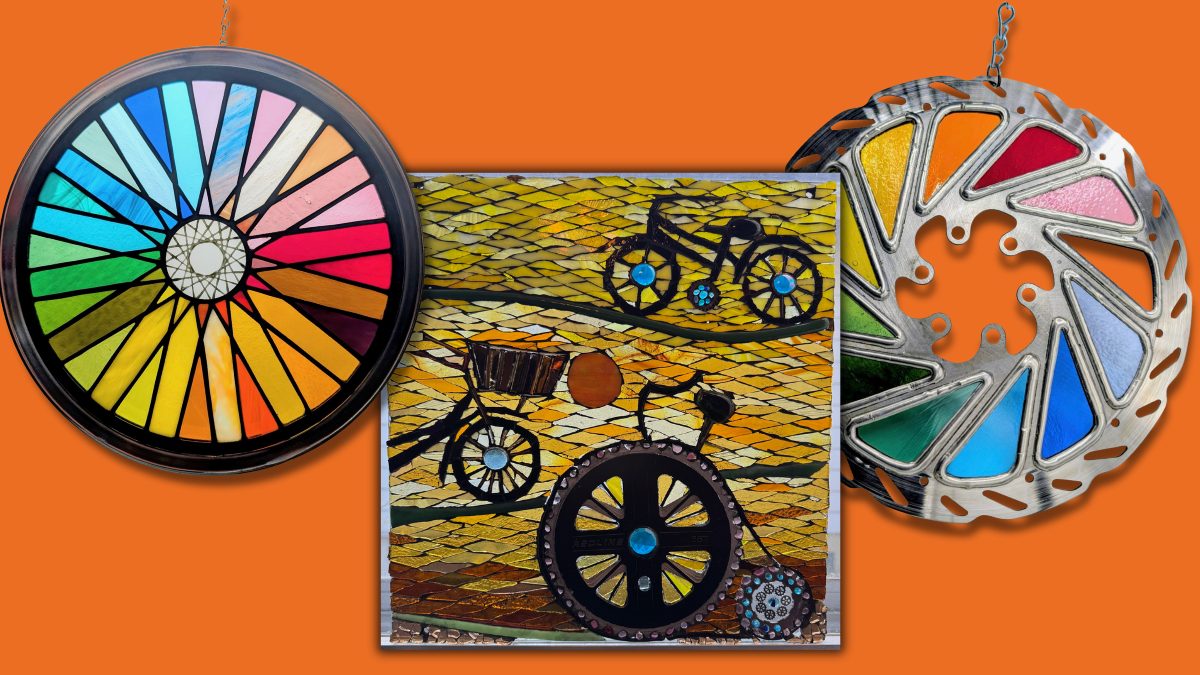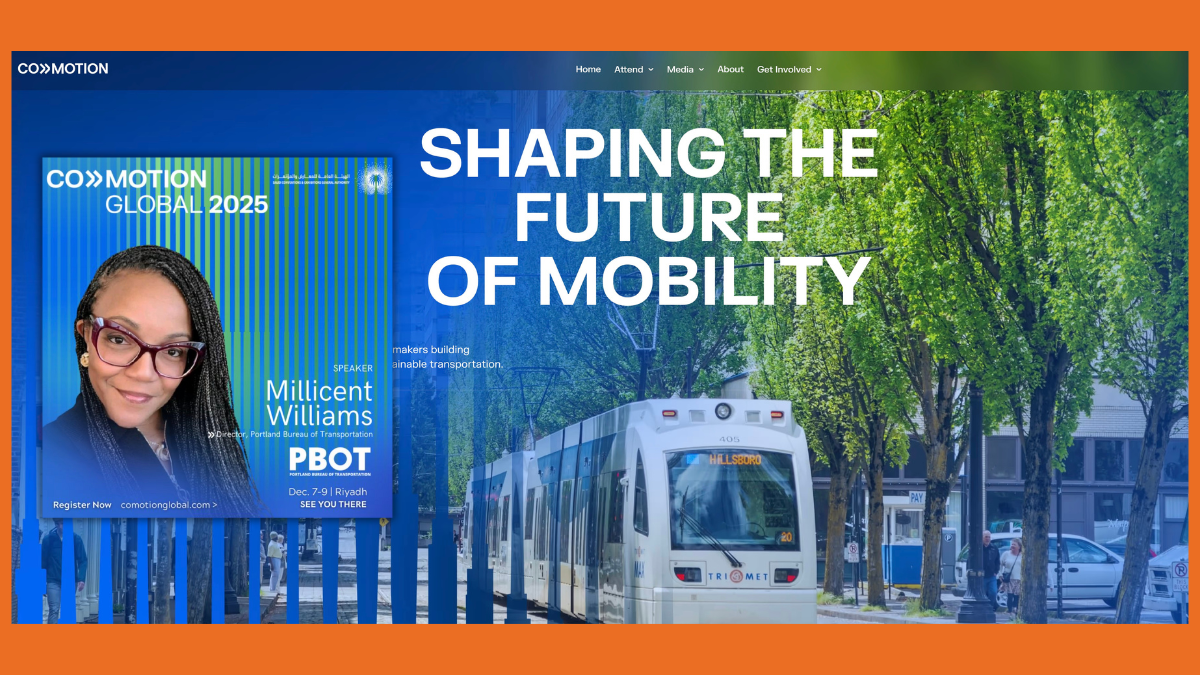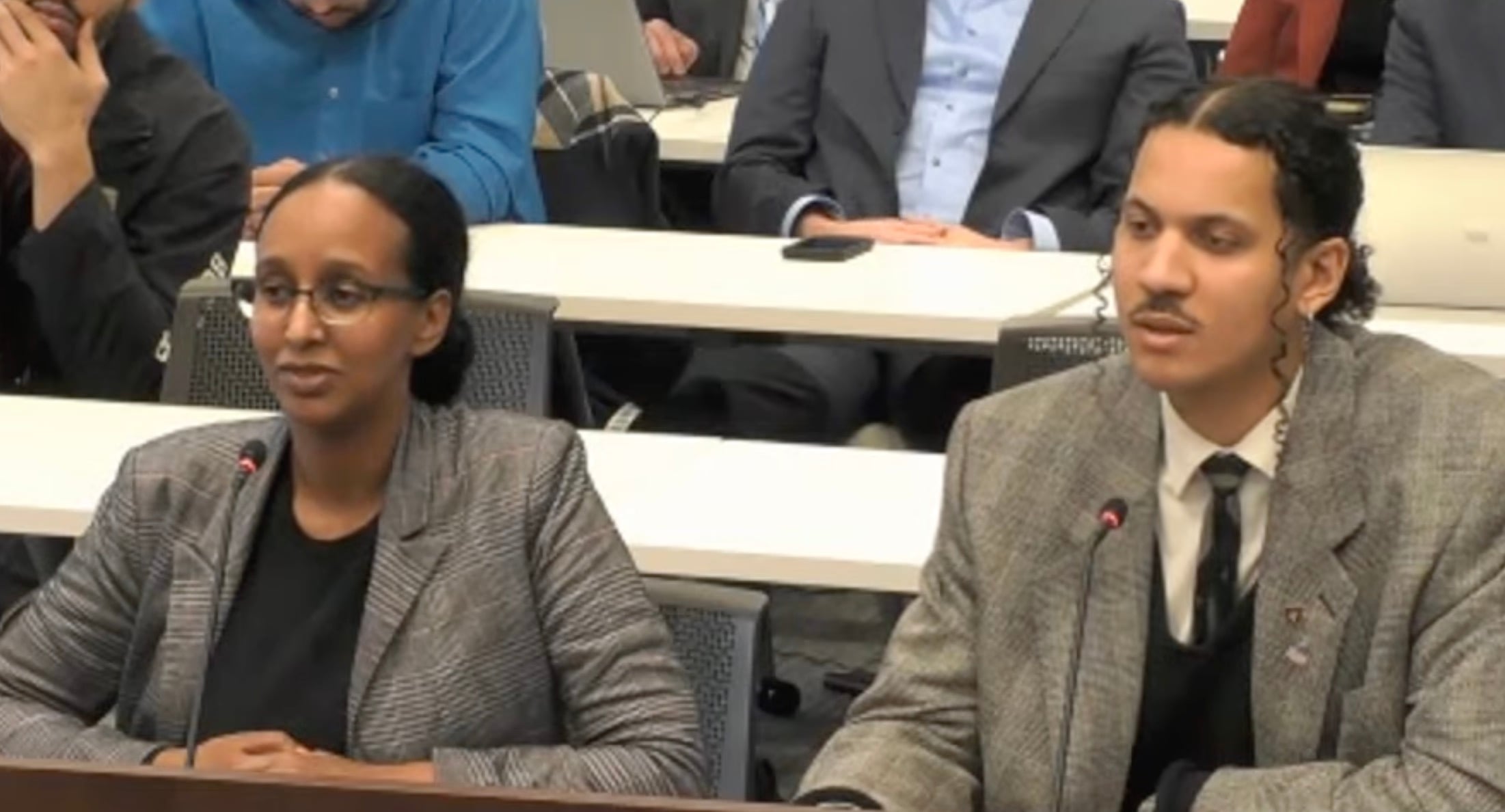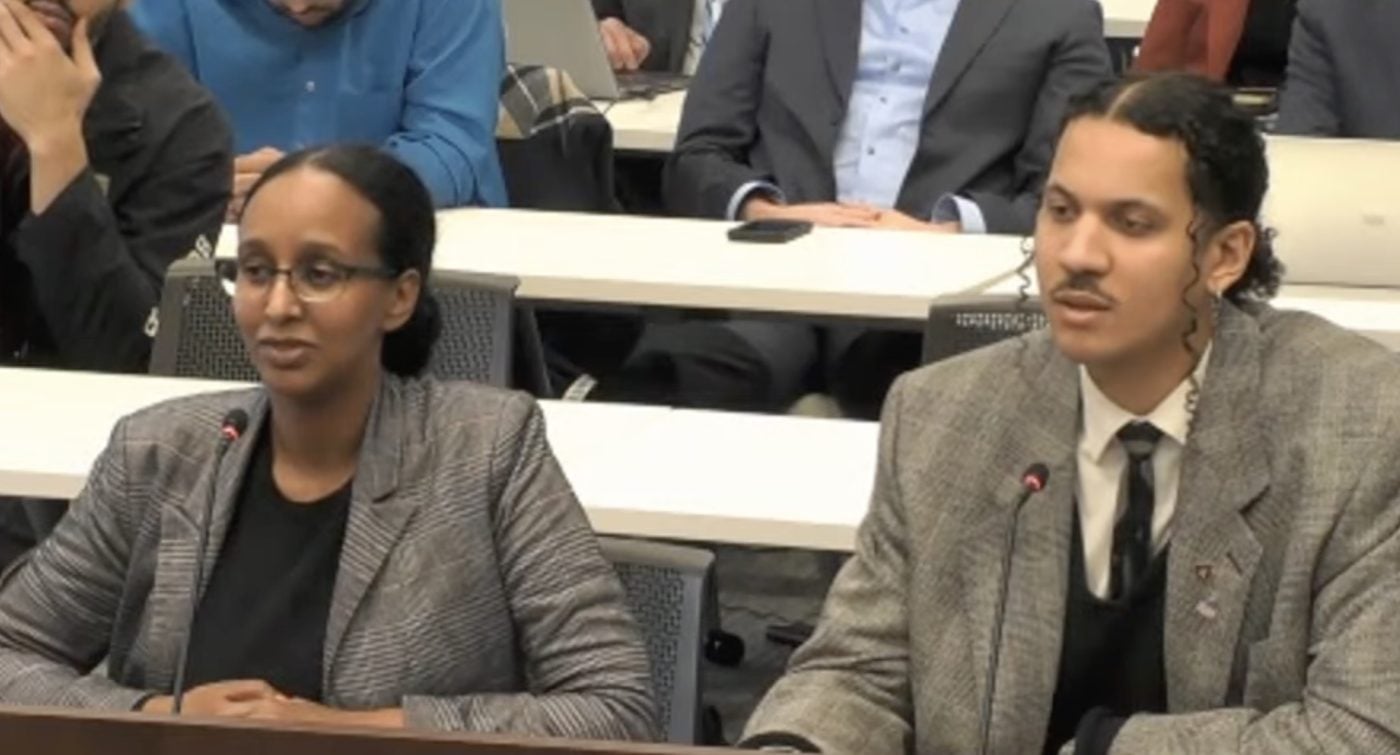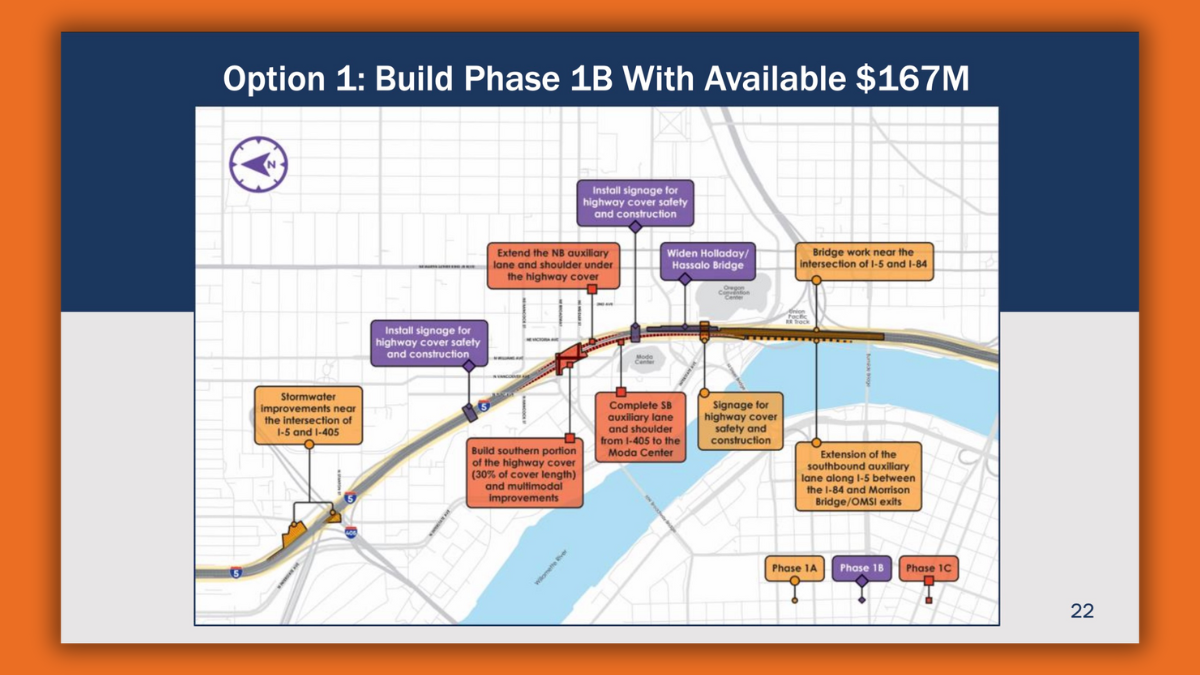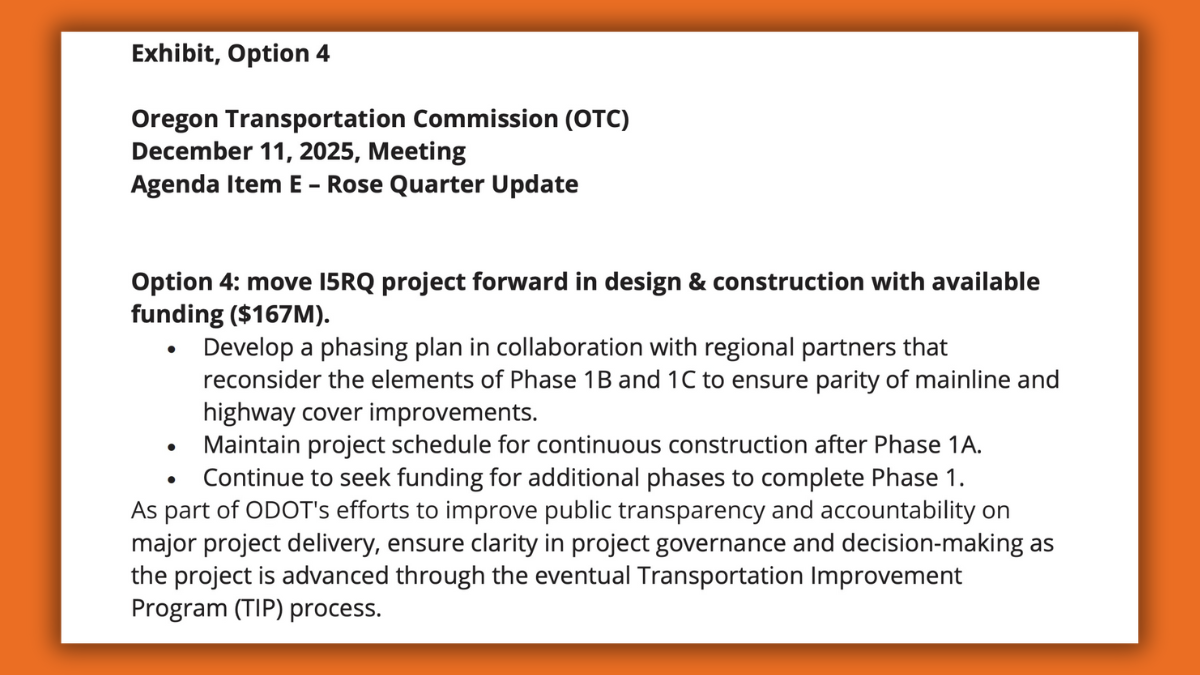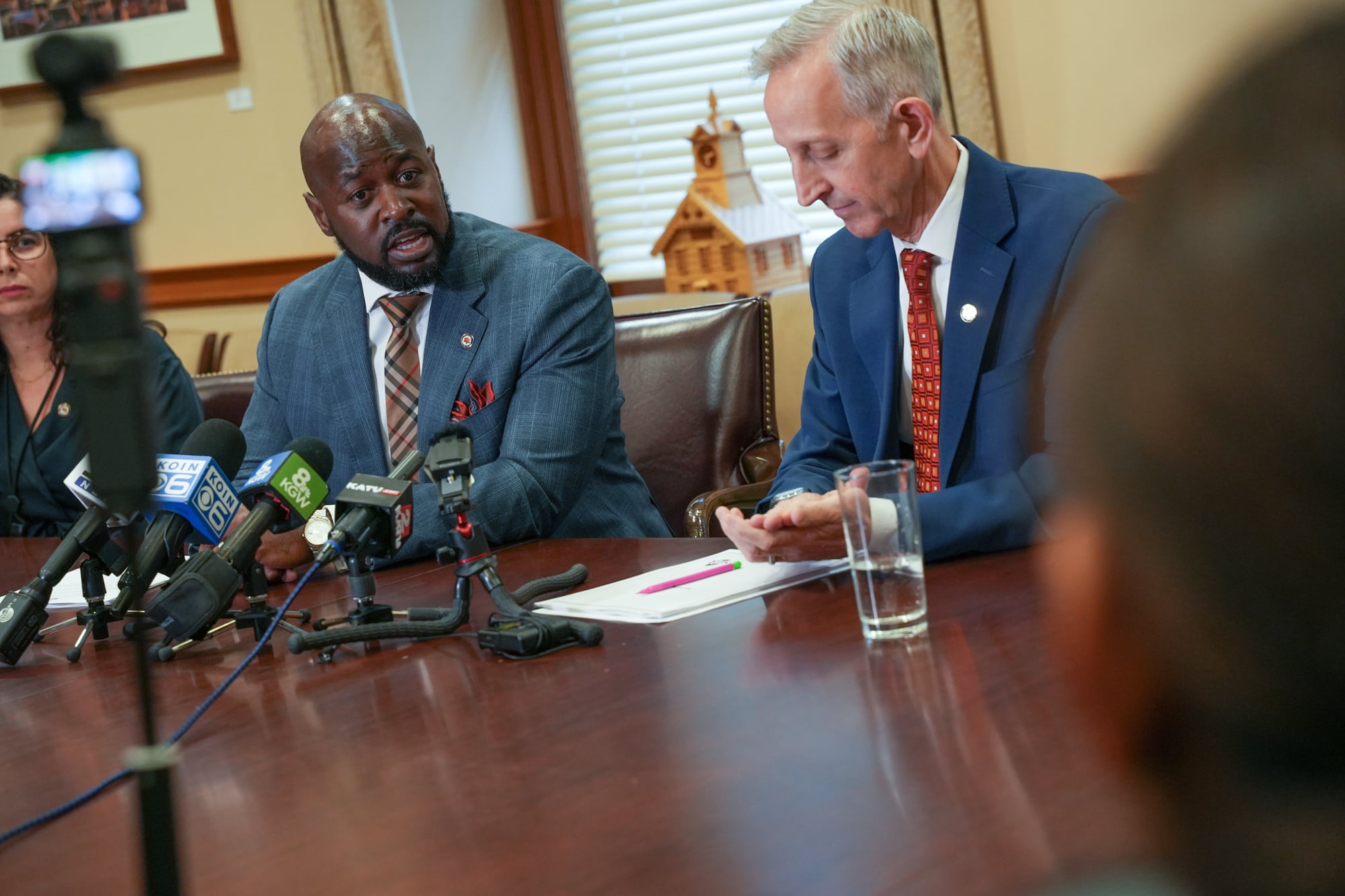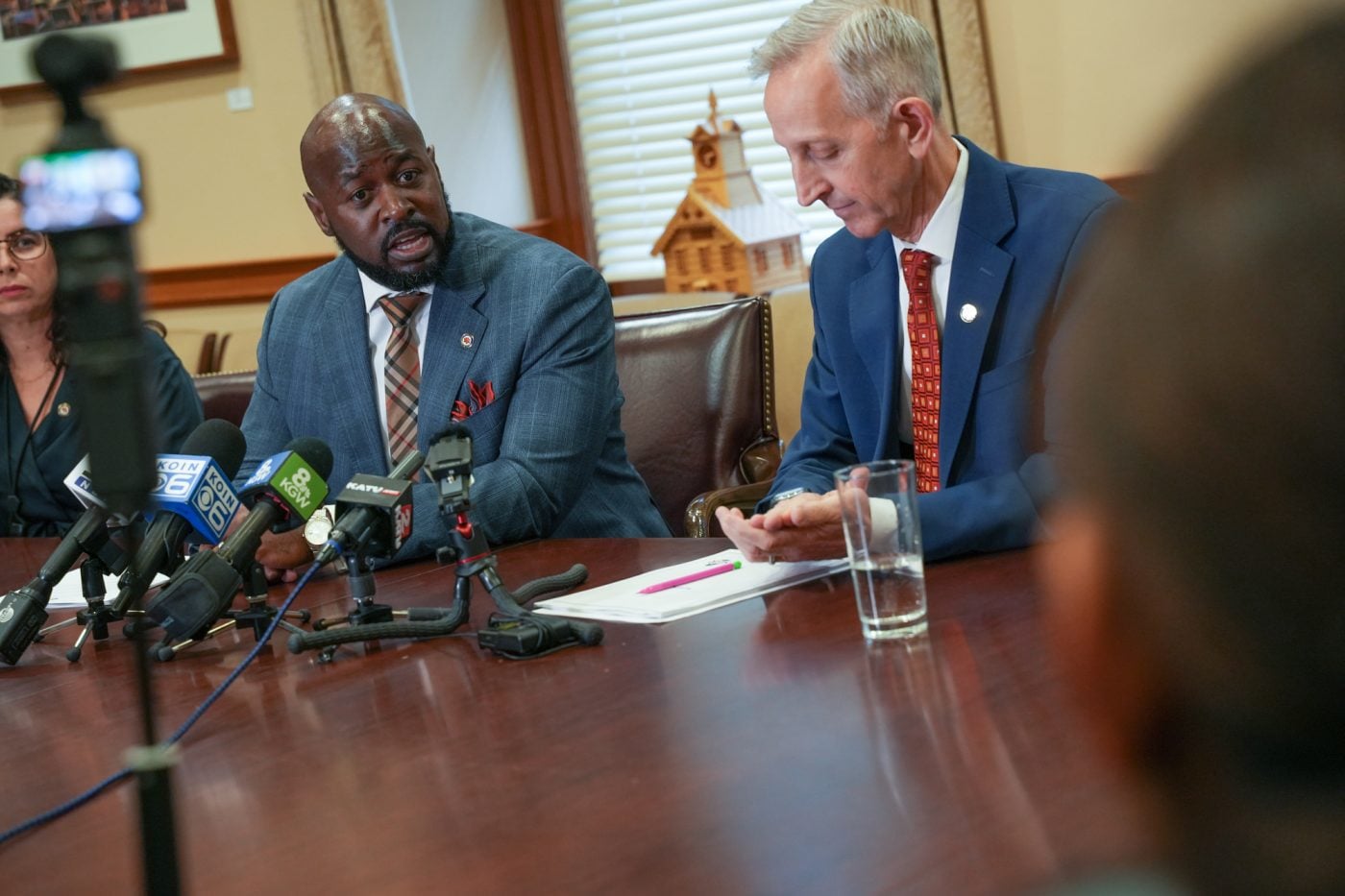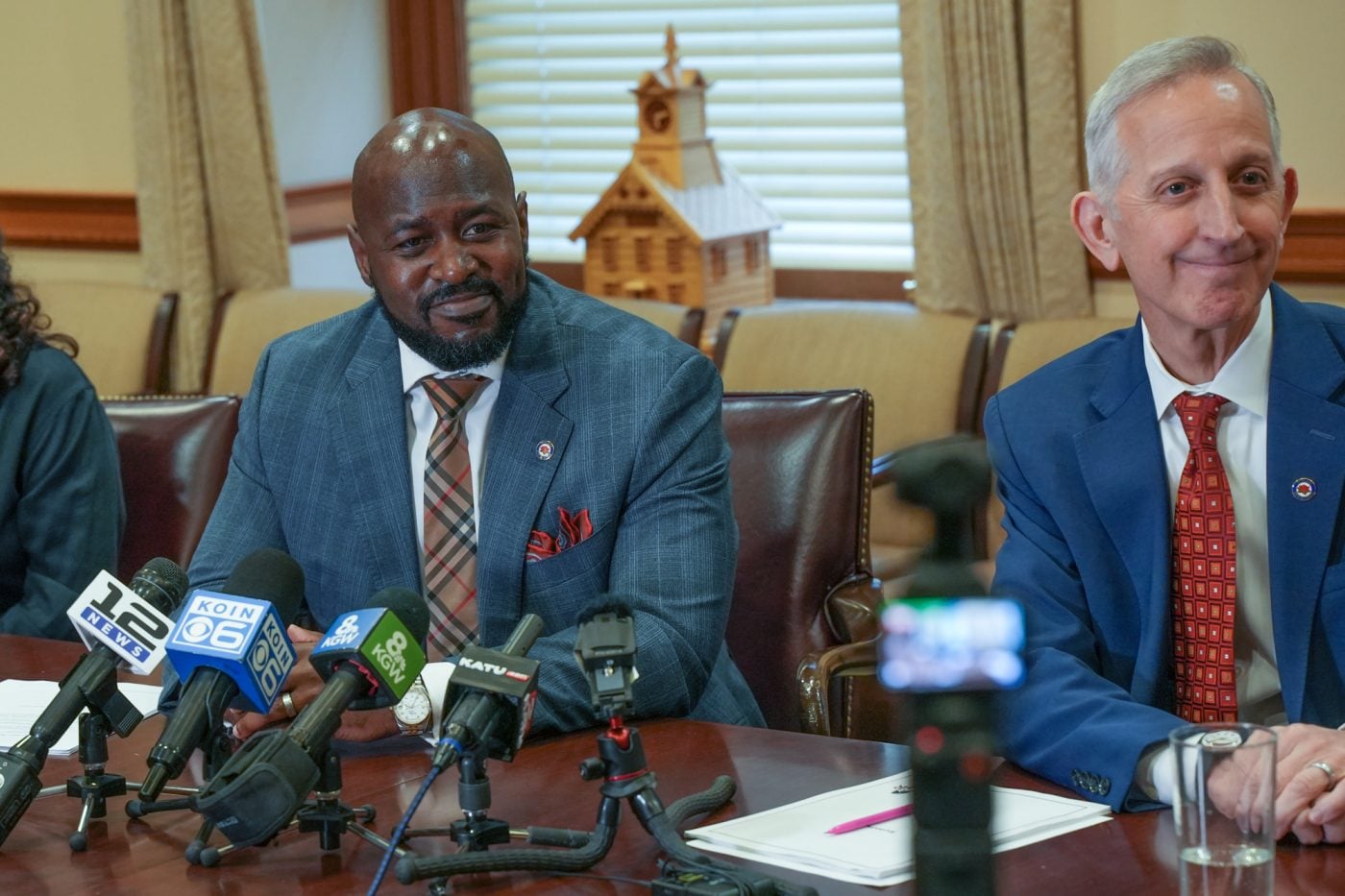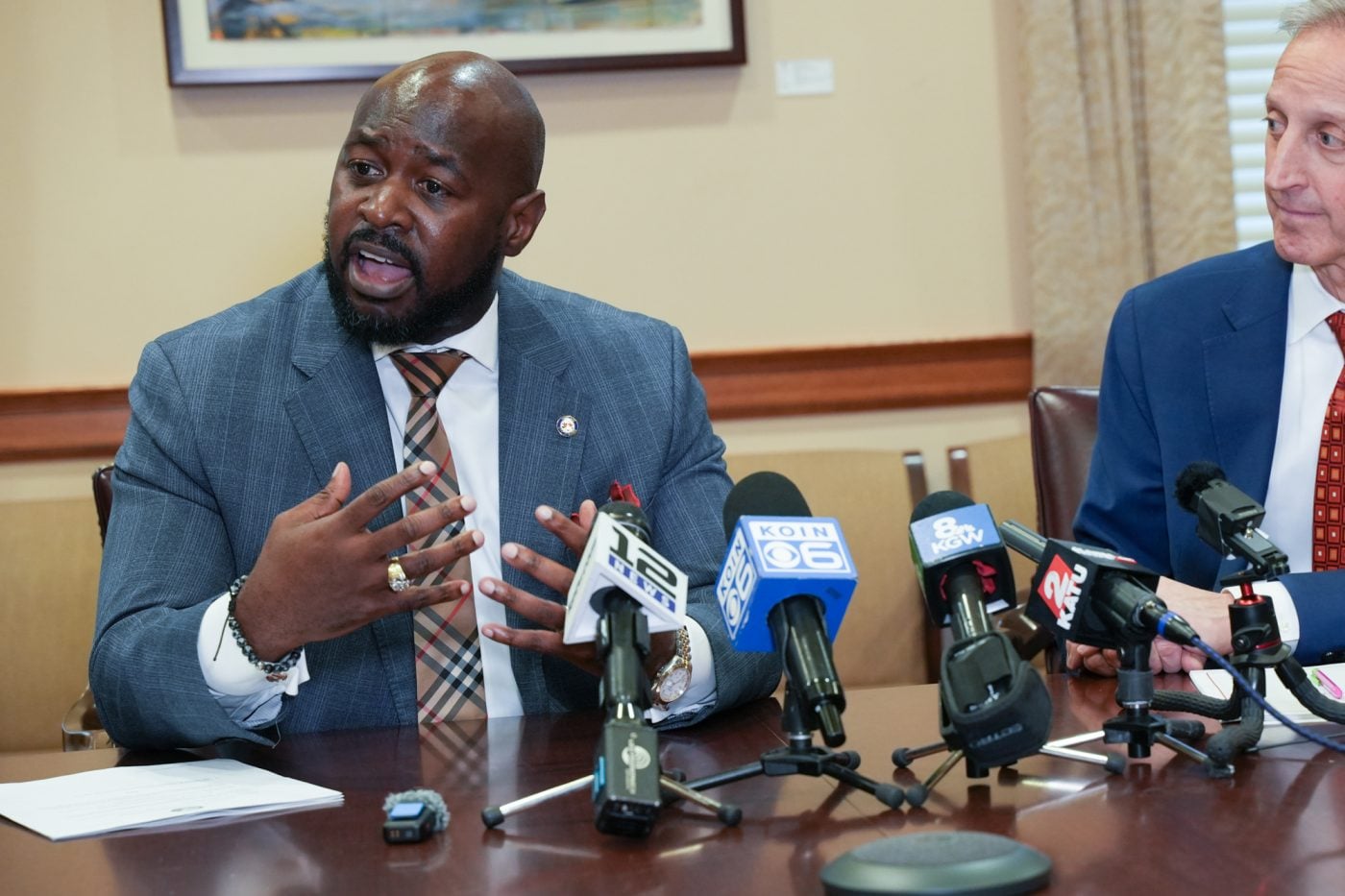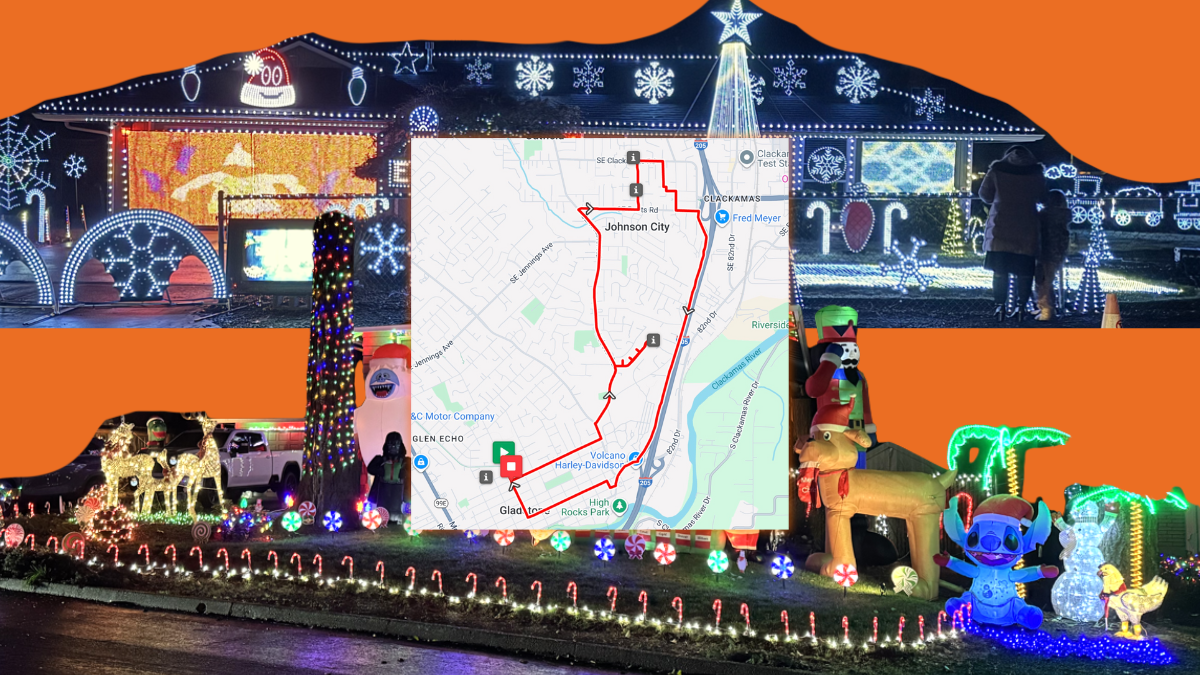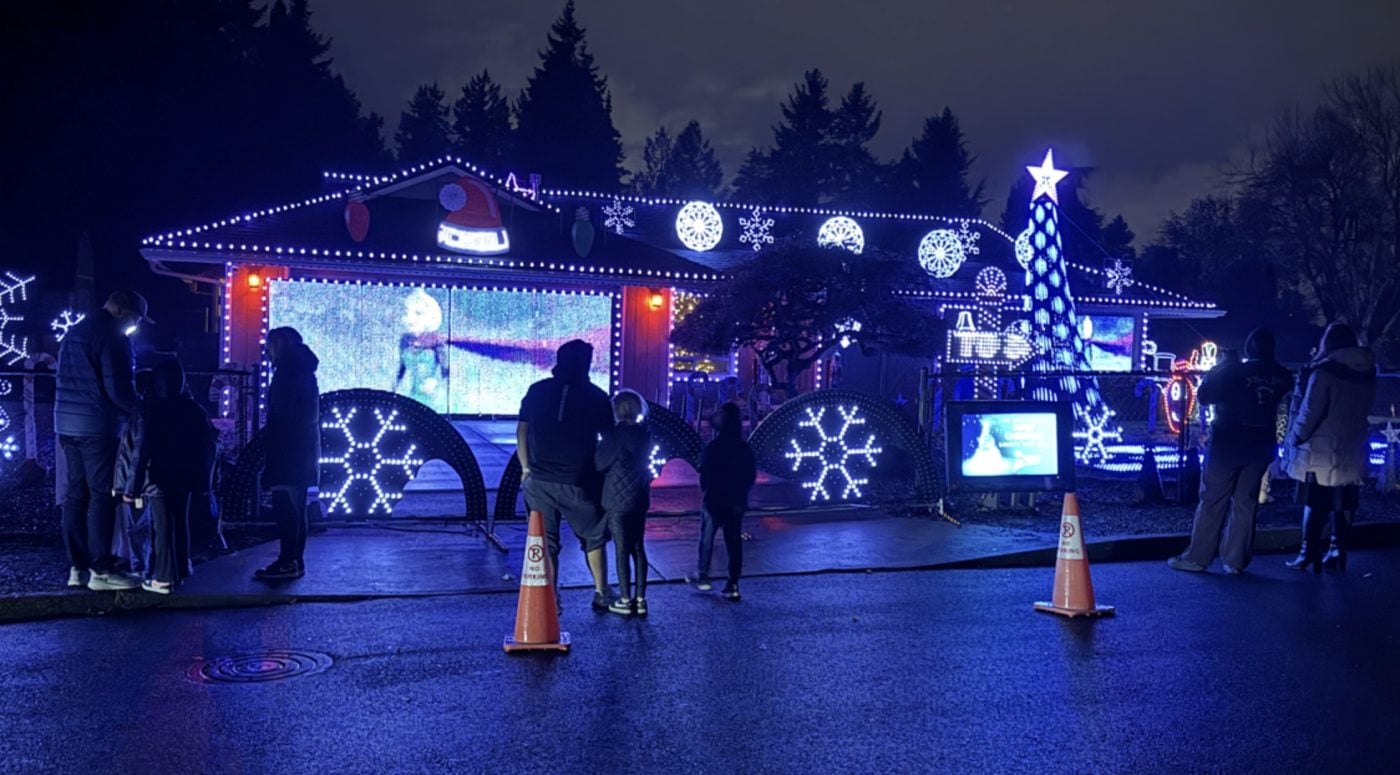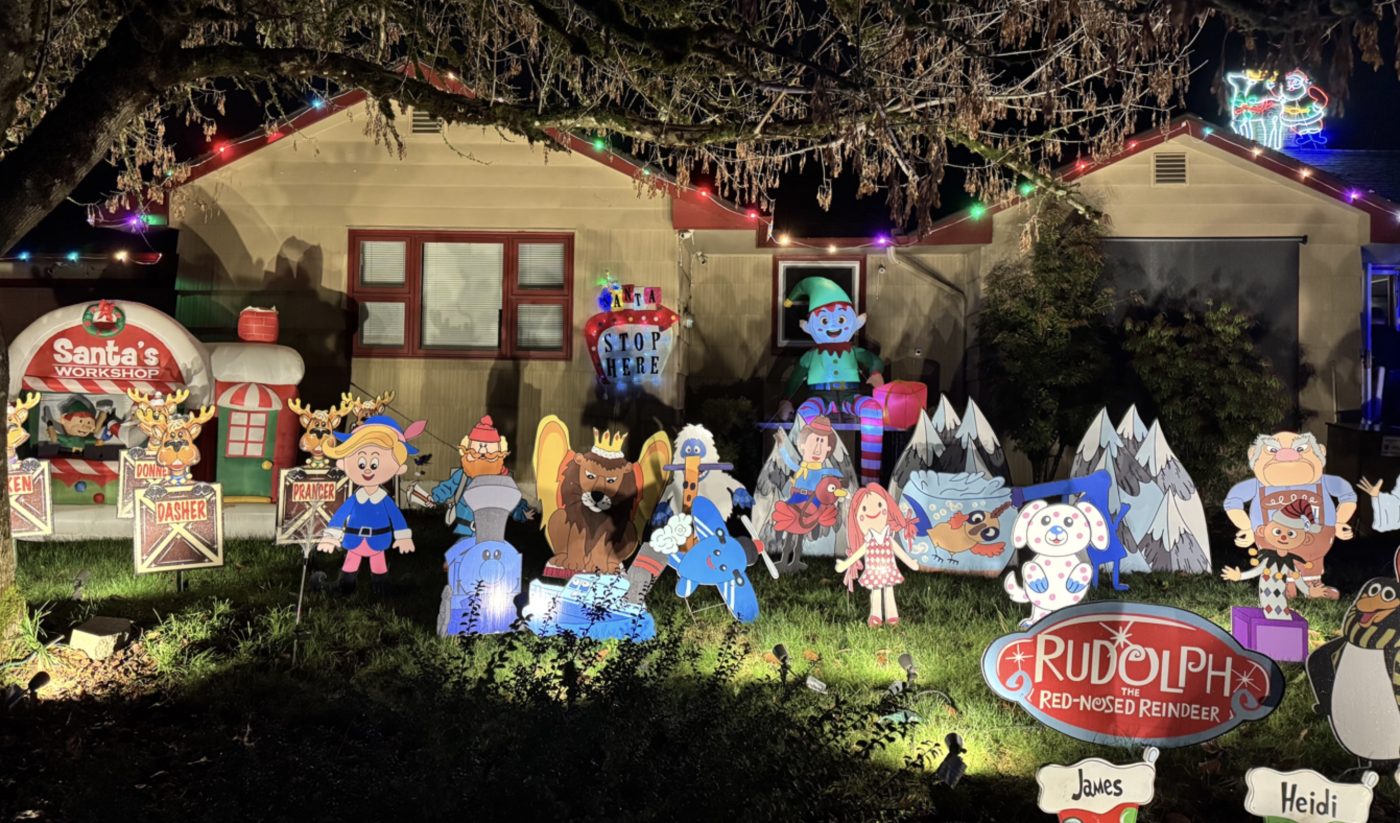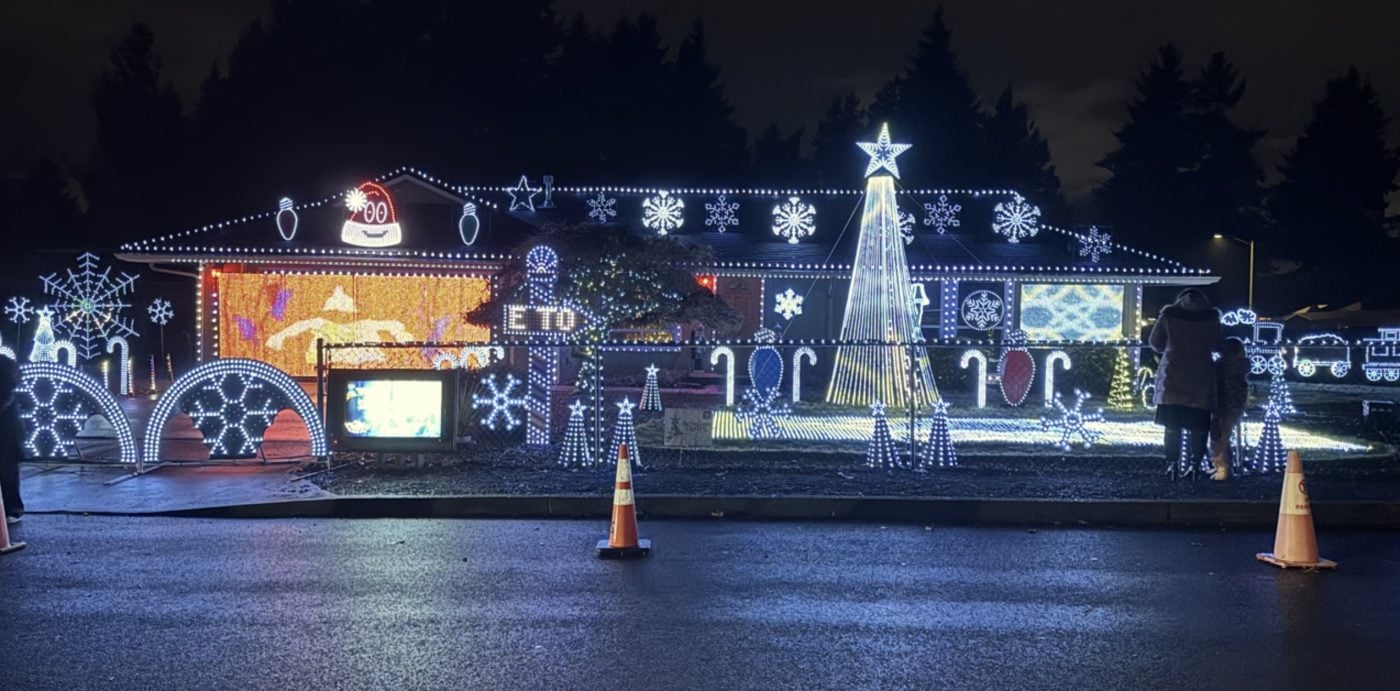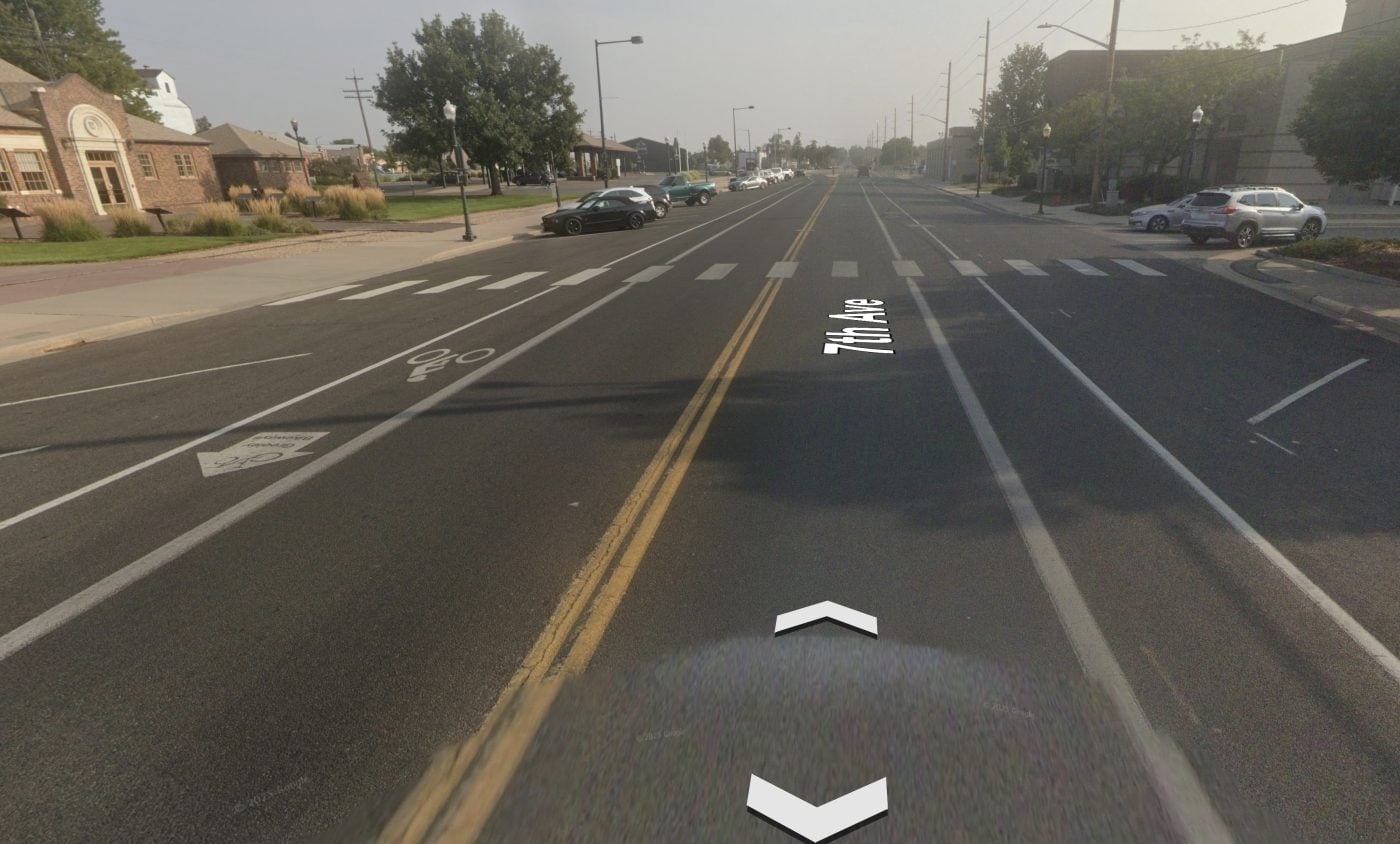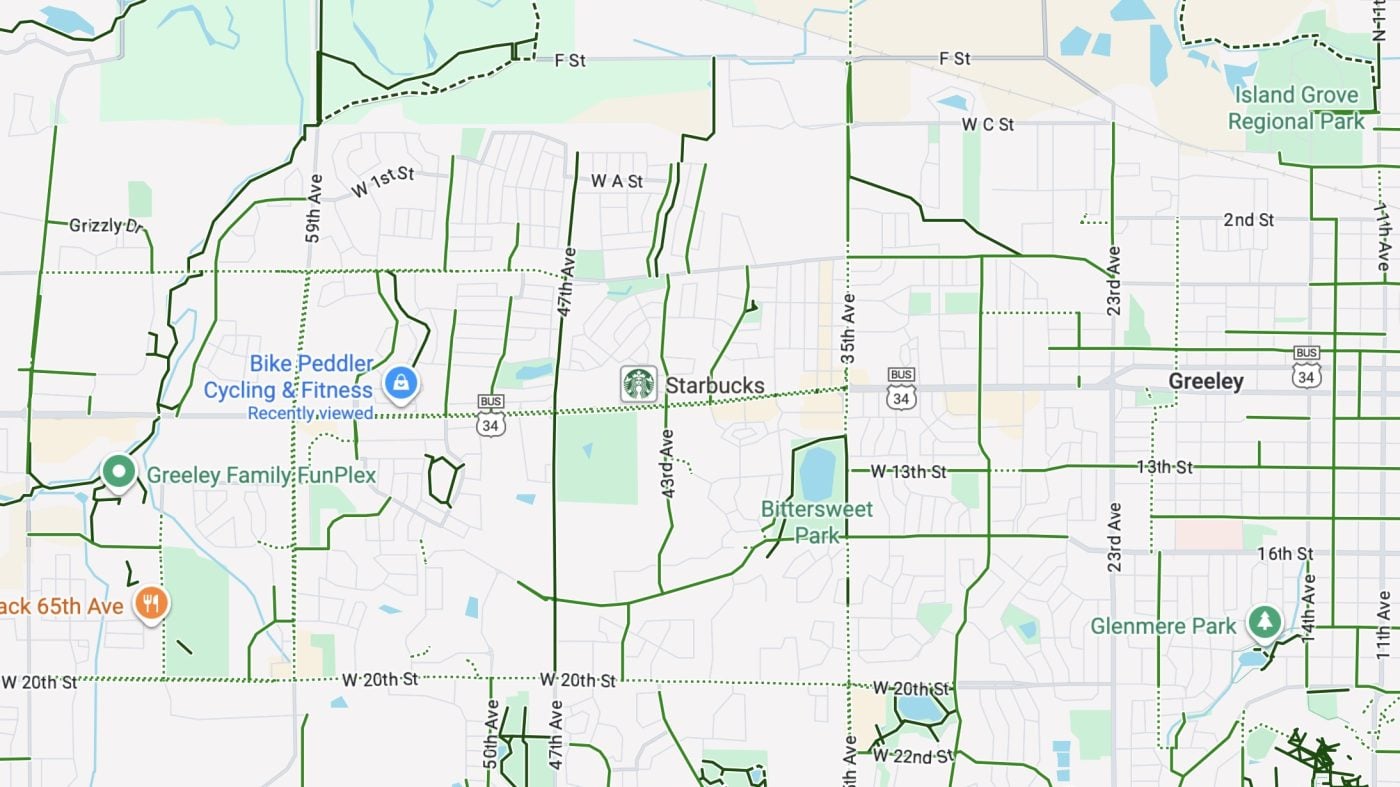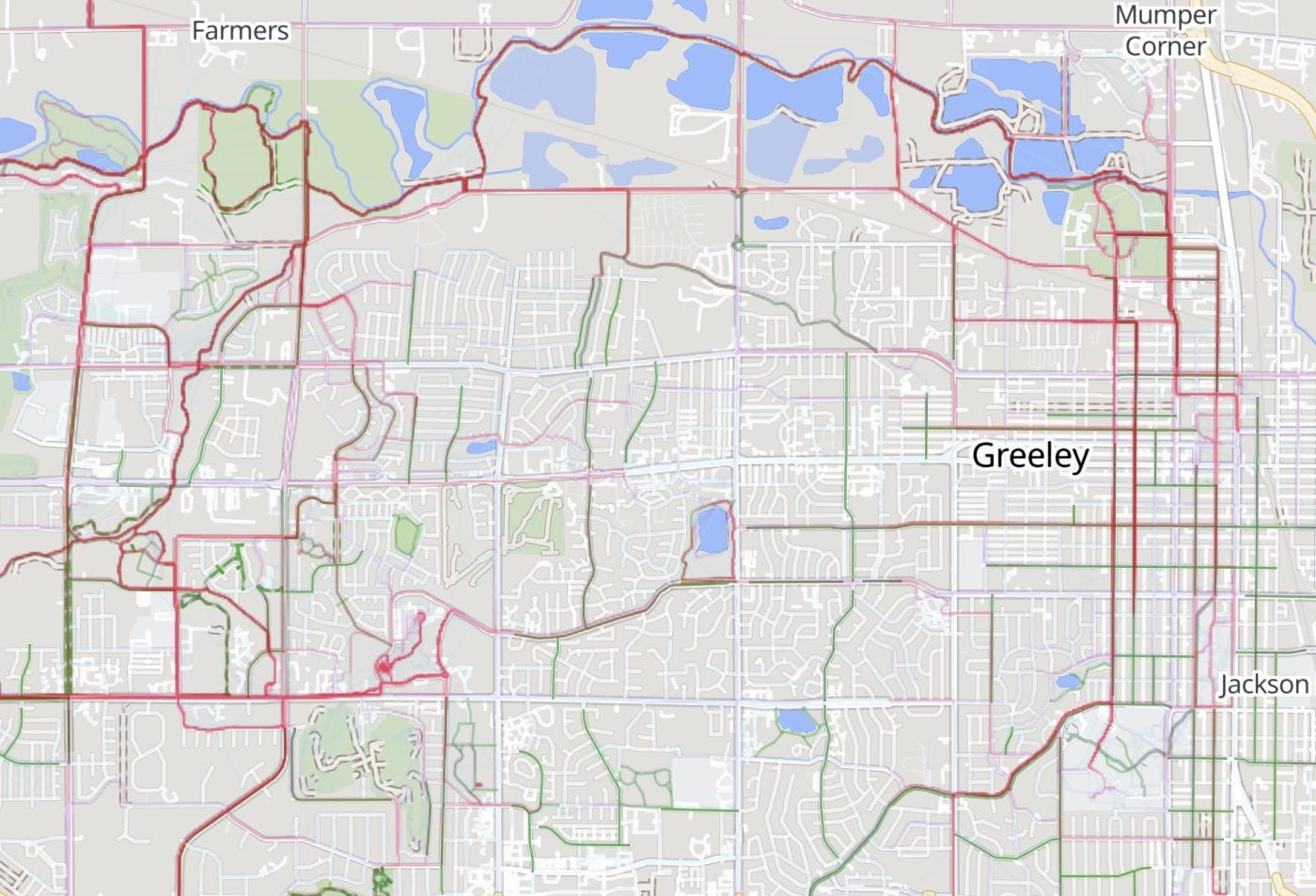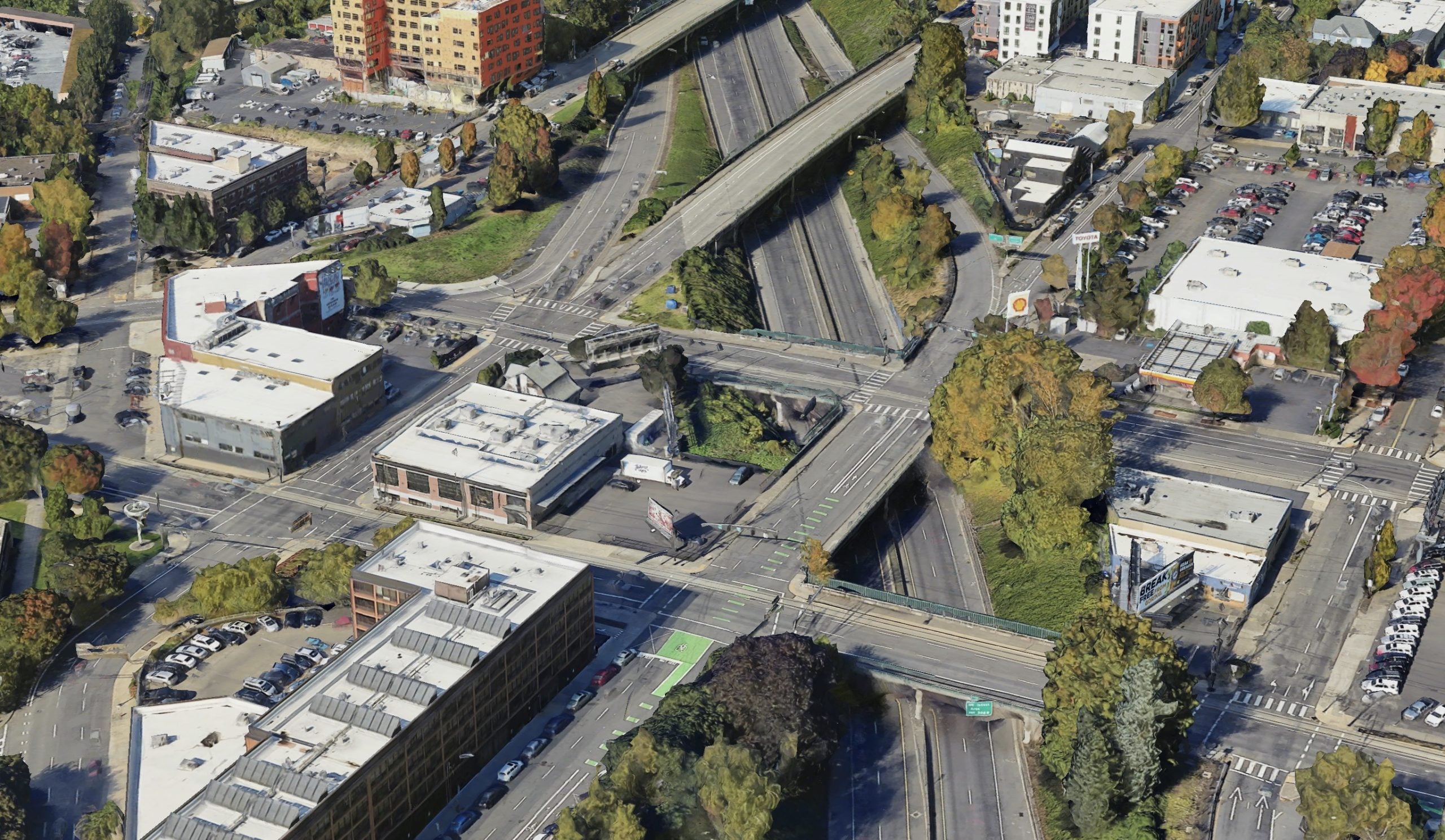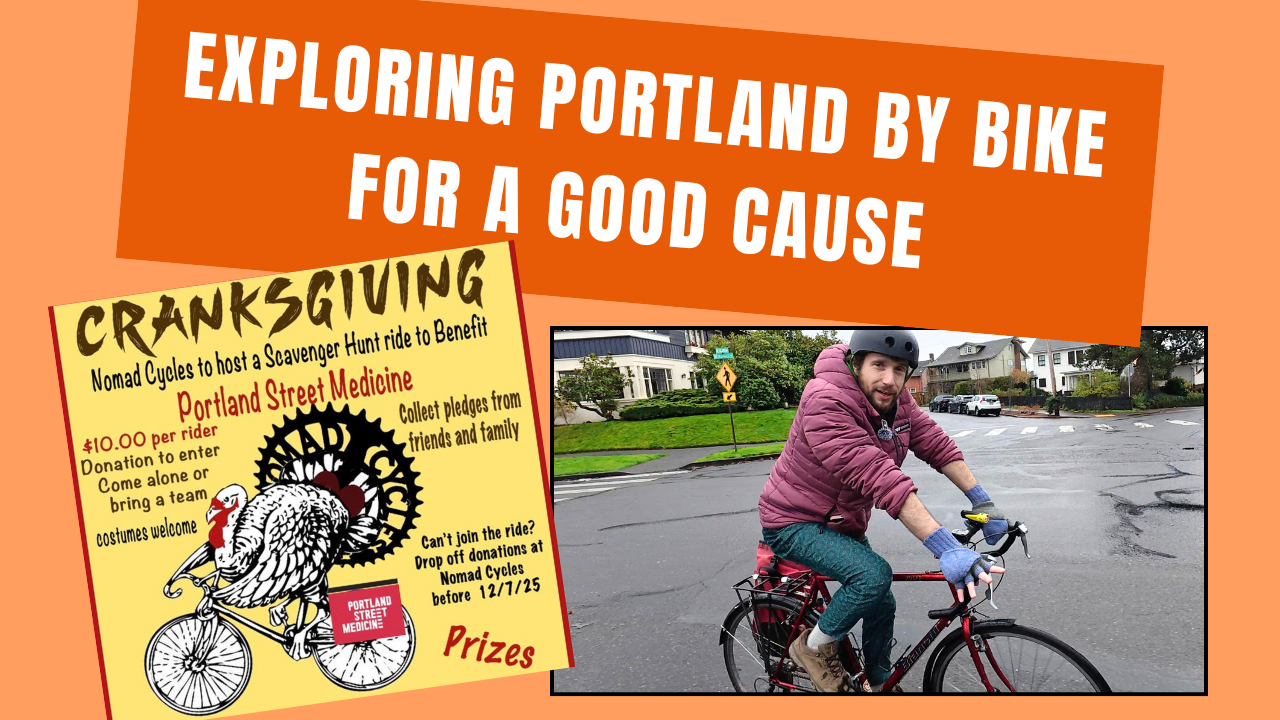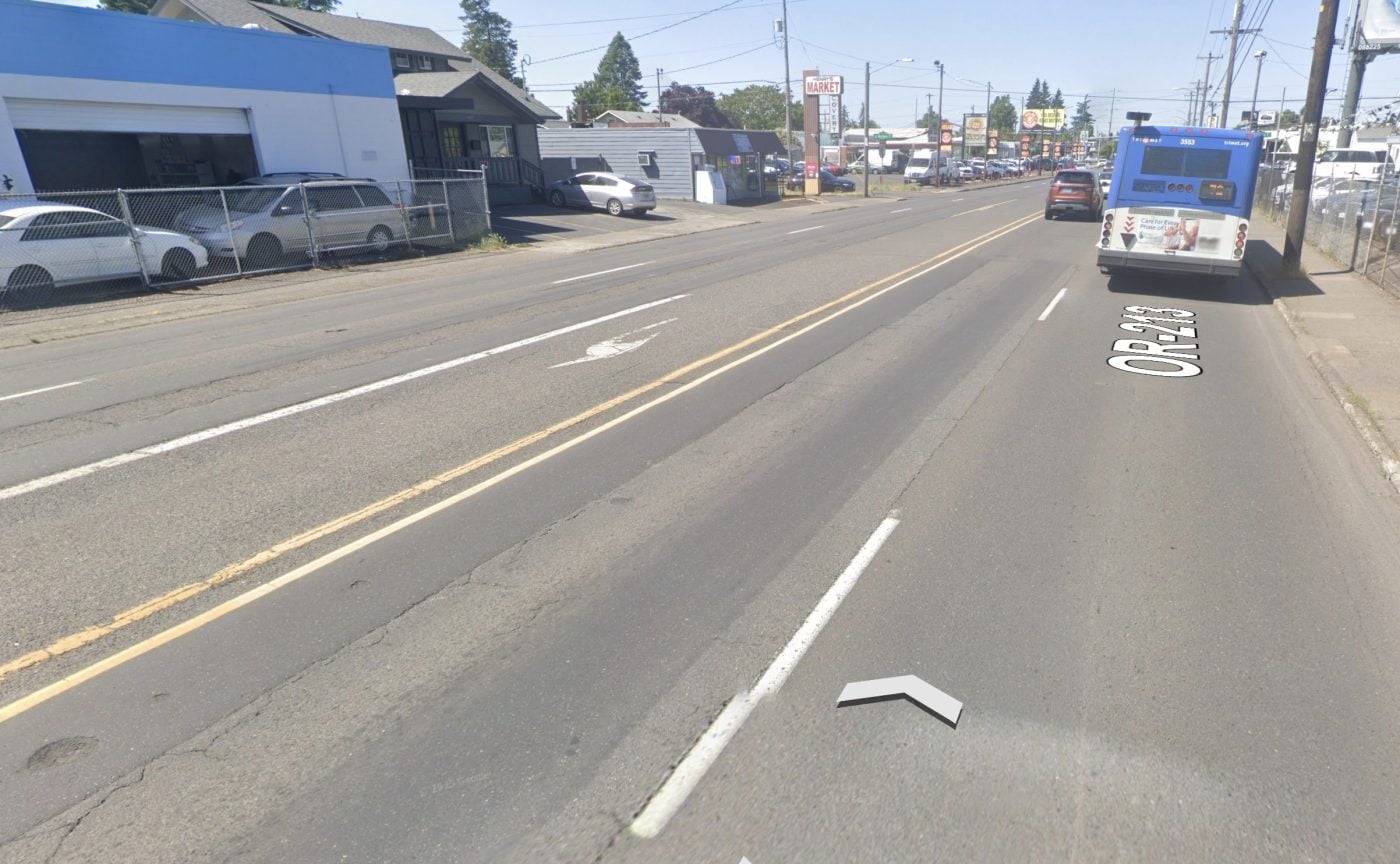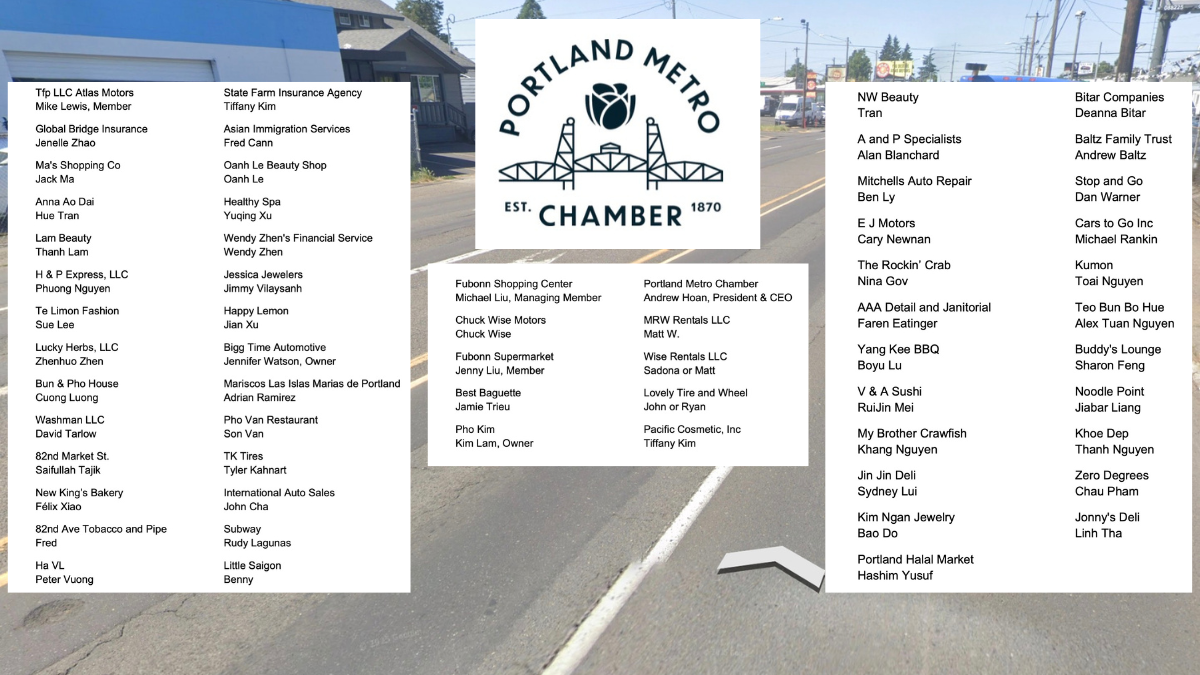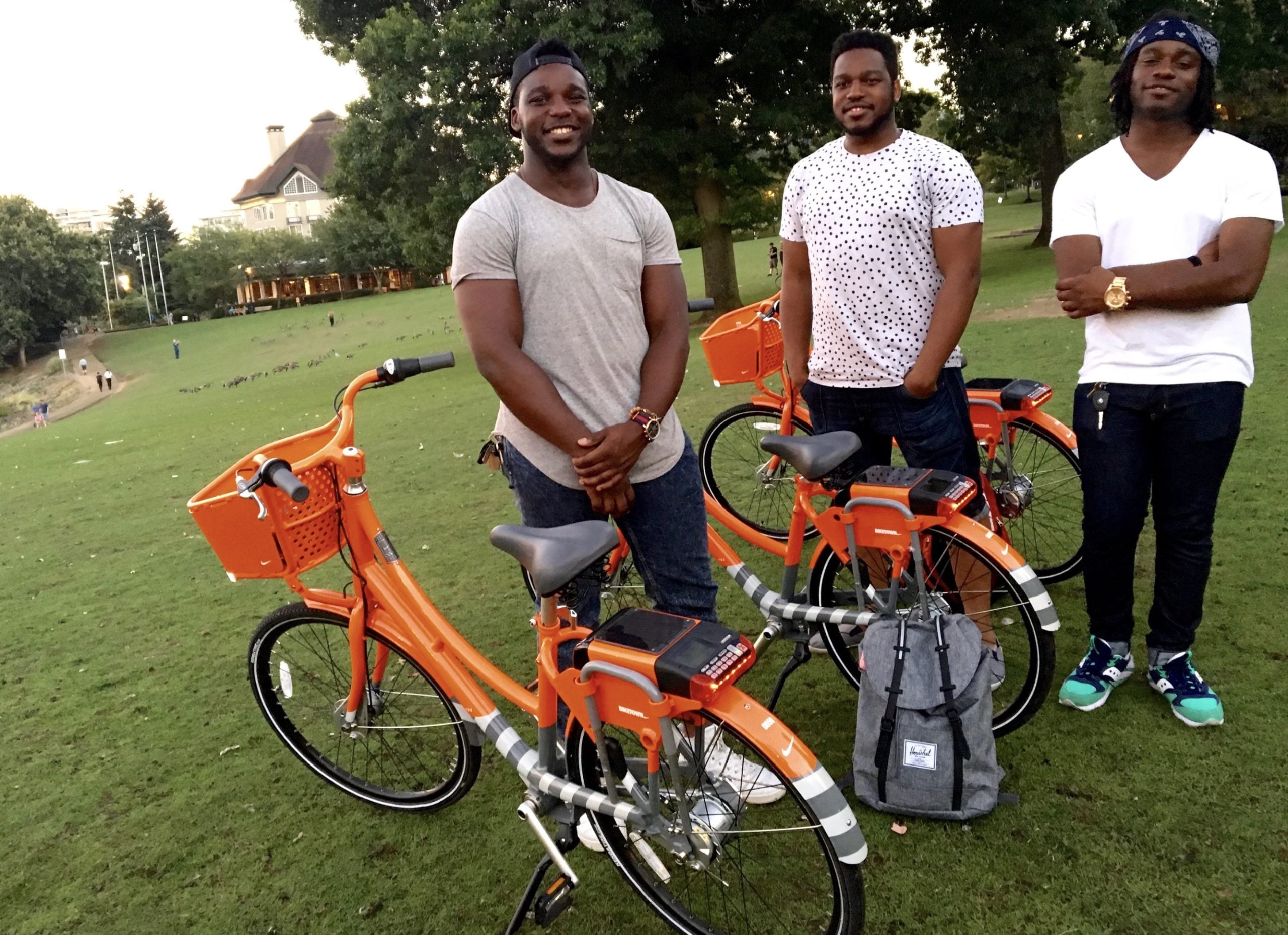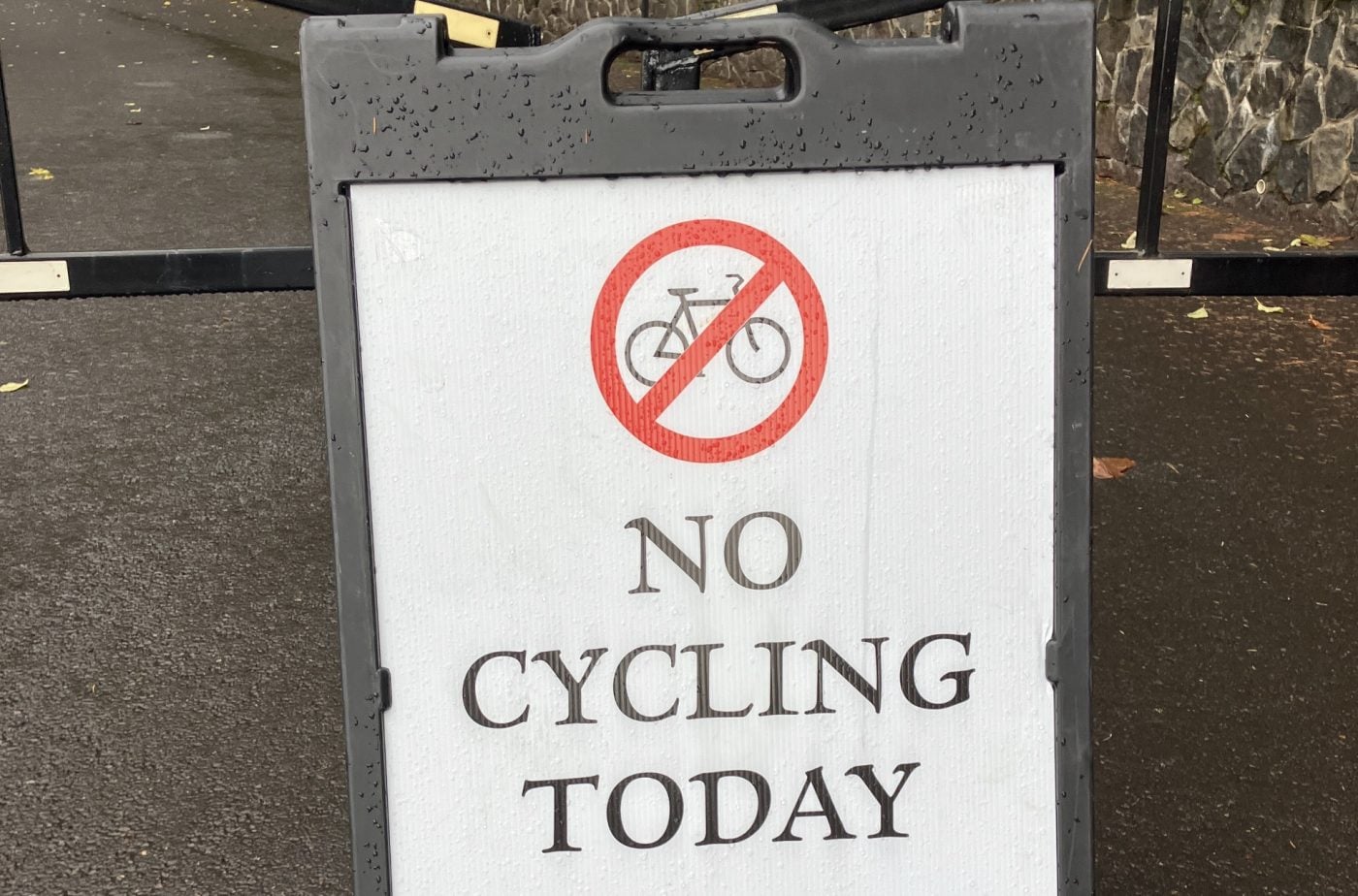
Since I last checked in, my co-organizer Max and I have been hard at work on BikeCraft: We’ve added great vendors and have confirmed fun details that are sure to make this a memorable event. This post will get you all caught up, so buckle in. But if you read no further, just remember it all goes down this Wednesday, 12/17 from 3:00 to 8:00 pm at Migration Brewing on North Williams Ave.
Before I share more about the vendors, below are some fun details to keep in mind:
- You’re encouraged to dress in festive attire (you know, holiday sweaters and such).
- Migration is brewing up hot, mulled, non-alcoholic apple cider just for us!
- If you’d like to sing or share music or read a holiday poem, just let me know and I’ll give you the mic!
- We’re working with mutual aid group, Holding Hearts Bloc to help them build up a “Cycle Closet” for unhoused folks that ride bicycles. We’ll have a bin where you can donate your new or gently used items like: inner tubes, patch kits, lights, saddles, multi-tools, bottle cages, lube, gloves, and so on. Note: If you work at a local bike shop or bike company and want to stoke our bin with a few new items, please contact me (or just show up!).
And now, the moment you’ve all been waiting for… Announcing our 2025 BikeCraft vendors:
“Lady” Max / Flat Tire Creations
Max repurposes recycled inner tubes and bike spokes into useful art with a purpose. @flattirecreations on Instagram
Nando Collazo / Chronic Carry
Nando creates convenient and unique accessories for the everyday cyclist. Check out the Adjustable Can/Coffee Holder with Lid, no more splash! @chronic.carry on Instagram / website
Misia Pitkin / Double Darn
Misia offers an assortment of hand-sewn cycling caps — from lightweight to winter wool. Her other small goods (musettes, fanny packs, simple wallets, and small pouches) make great gifts as well! @double_darn on Instagram / website
Gigi Lascurettes / Gigi’s Handy Work / Helmuffs
Gigi Lascurettes makes handmade helmet earmuffs from up cycled wool or fleece. Keeps your ears covered and cozy. Website
Shawn Granton / Urban Adventure League
Shawn is an author, photographer, illustrator, and urban historian who creates zines, postcards, books, and other works of art inspired by cycling in Portland. Shawn plans to bring: the Stark Street Mileposts zine, a self-guided bike tour of SE’s curious stone markers; along with the Cycle Touring Primer and other publications. @urbanadventureleaguepdx on Instagram / website
Richelle / UpTassels
Richelle upcycles mylar party streamers into joy-inducing handlebar tassels. Grab a pair of UpTassels for yourself or as a sparkly stocking stuffer! @uptassels on Instagram
Spencer Hawkes / Nomad Patches
Nomad Patches illustrates and designs bike-themed stickers and patches. @nomadpatches on Instagram / website
Joe Perez / BikeLoud PDX
Joe will offer BikeLoud pennants (hand-screened by Rendered in Southeast Portland) to raise funds for local bike advocacy. Joe will also have blank pennants, blank bandanas stencils and markers for you, or your kids, to make your own! @bikeloudpdx on Instagram / website
Andrew Shaw-Kitch / Bikes for Humanity PDX
Andrew, from the craft department at this local nonprofit that specializes in reconditioning used bikes, grabs cute bike doohickeys out of the wastestream and makes arty little knickknacks out of them. @b4hpdx on Instagram / website
Tamara Goldsmith, Lindsey Konopka, and Kathie Wise / Stained Glass Artists
We are lucky to have these three accomplished, local stained glass artists join us. They’ll share unique, bike-inspired pieces from their collection and are making several works just for BikeCraft! Tamara Goldsmith transforms bike parts into adornment for the home, tree and body. She’s turning bicycle cogs and wheels into sun catchers made just BikeCraft! @magichourglass on Instagram / website. Kathie Wise is with Marvelous Mosaics (Instagram / website).
Eric Ivy / Squid Prints
Eric has made some silly and affordable items for you or your friends: including 12 oz can holders that use bottle cage mounts or cable ties, mini milk crates, earrings, and tree ornaments. He is also selling “I Love Bike Happy Hour” stickers with all all proceeds going to BikePortland.
Mike Young / Black Stone Stitchworks
Mike makes quality, handmade hip packs for cyclists and outdoor adventurers from USA sourced materials @blackstonestitchworks on Instagram / website
Iris / Reflective Society
Iris makes really cool, reflective items like shoelaces, bandannas, pins, and more. I have a pair of their shoelaces and absolutely love them! If you want to add a splash of visibility to your biking wardrobe, stop by this table! @reflectivesociety on Instagram / website
Ryde Safe
This brand is new to Portland, so let’s give them and their cool, reflective and fun safety products a warm, BikeCraft welcome! @ryde.safe on Instagram / website
Shift
Shift board members will be on hand to sell stickers and to answer your questions about the resources they provide our community, and how you can get involved by becoming a Shift board member. @shift2bikes on Instagram / website
I am loving the energy around BikeCraft and just so happy that it’s coming back to its roots. Please help us promote the event by sharing our flyer on social media and/or printing it out and posting it around town. This is grassroots, community endeavor that will only be as cool and special as we all make it. Thanks to everyone helping out. Can’t wait to see everyone on Wednesday!











